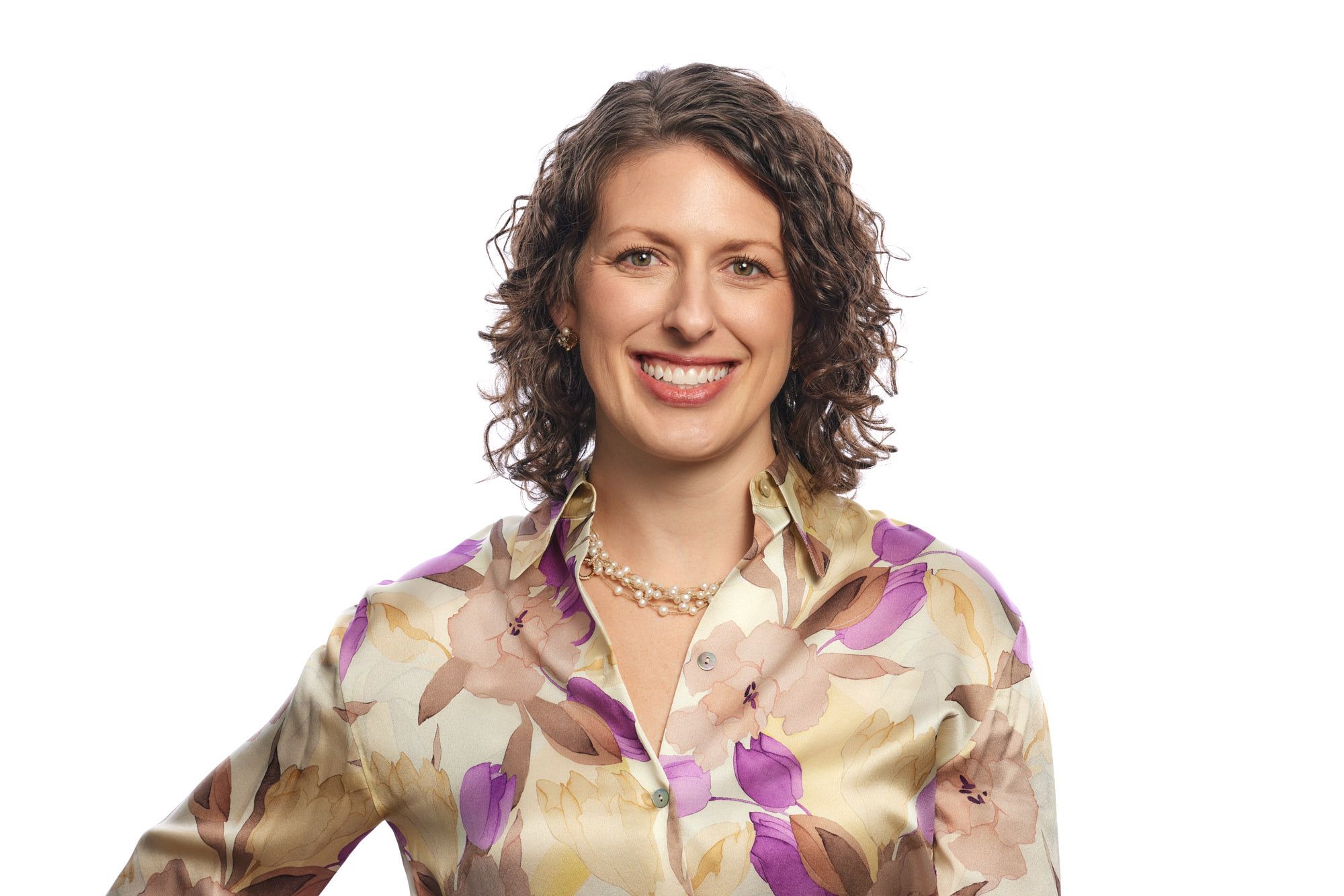Proliferation of ETFs both good and bad
A big issue for advisers and investors is the ever-expanding universe of ETFs.
Just when one might have thought all the available niches for exchange-traded funds had been occupied, a couple new ones appear on the market. The most recent one tracks the stock holdings of 10 highly successful investors, such as Warren Buffett, David Einhorn and Carl Icahn. The Direxion
iBillionaire Index ETF identifies the holdings of these iconic investors by examining their quarterly 13F filings in which investors overseeing more than $100 million in U.S. equities must list their equity holdings. The filings are due no later than 45 days after the end of the quarter.
The ETF then invests in the 30 stocks the investors have the most combined money in, and it is re-balanced quarterly. The stocks are equally weighted in the portfolio.
The fund is similar in concept to the Global X Guru Index ETF, which looks through dozens of hedge fund portfolios to determine its holdings. The idea, of course, is to ride the coattails of investors who have been successful over many years.
REARVIEW INVESTING
The problem with both of these new ETFs is that, in effect, they are investing by looking in the rearview mirror. The funds buy the stocks held by the noted investors during the previous quarter. That might not be significant in the case of Mr. Buffett who is a buy-and-hold investor, but it could be significant in the case of activist investors, such as Mr. Icahn and hedge fund managers. By the time the ETFs re-balance their portfolios they could be buying stocks some of the gurus are dumping.
REDUCING DIVERSIFICATION
In addition, because the iBillionaire ETF focuses on large-cap holdings of the billionaires, its holdings might overlap other large-cap holdings of the clients, reducing diversification.
Another issue is that because of all the publicity surrounding Mr. Buffett, Mr. Icahn and the successful hedge fund managers, investors might have inflated ex-pectations of what returns they can expect from these ETFs.
No doubt inv-estment advisers who might use these ETFs for their clients, or who might recommend them, will be aware of these issues and will address them with the clients.
A bigger issue for advisers and investors is the ever-expanding universe of ETFs. There are now about 1,200 ETFs with about $1.2 trillion in assets, and there seem to be ETFs in almost every possible market sector.
There are broad market equity funds, index-tracking funds, large-cap, midcap and small-cap equity ETFs, broad international ETFs and country-specific funds. There are bond ETFs and commodity ETFs. There are leveraged and short ETFs. There are asset allocation ETFs and actively managed ETFs.
GOOD AND BAD
In one way, this plethora of ETFs is good for investors, particularly those who truly understand their risk tolerances and have rational return expectations.
They can find just the right vehicles, with the help of their advisers, to structure exactly the portfolios to meet their needs in the least expensive way. ETFs offer a means for investors to get diversification inexpensively while still keeping maximum liquidity.
On the other hand, academic research has shown that when investors are offered too many choices, they often over-diversify, taking a little bit of every item offered rather than selecting the few funds that best meet their needs.
With 1,200 ETFs it is difficult for investment advisers to weigh all the likely options for their clients. They must use all the research services available to whittle down the number of ETFs they might recommend to clients to a manageable number.
Also, advisers must educate their clients that while ETFs can be used for trading and market timing, both are difficult to do successfully over the long run.
Learn more about reprints and licensing for this article.




